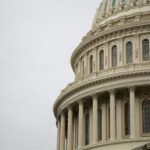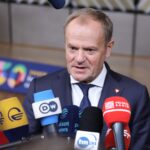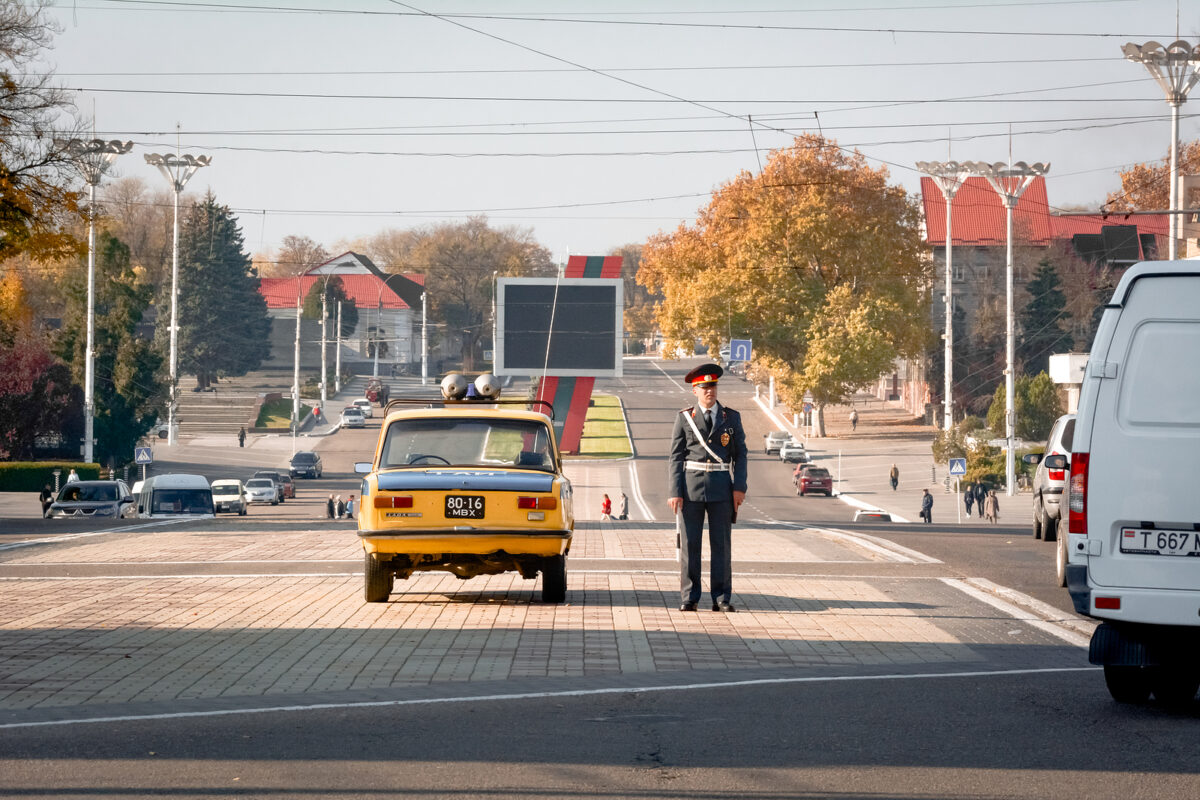Since Vadim Krasnoselsky, leader of Moldova’s separatist Transnistria region, made a triumphalist statement on January 3, declaring that the region can manage on its own without external help, less than a month has passed.
Now, Krasnoselsky hums a different tune, acknowledging European support with a belated, “Thank you, European Union”.
During this time, the so-called authorities in Tiraspol, the region’s capital, have tried to rewrite reality, promoting the idea that Russia will offer support to overcome the humanitarian crisis on the left bank of the Dniester—a crisis triggered by Ukraine’s decision to suspend a Russian gas deal via its territory to the region.
What’s more, out of the 30 million euros offered by the European Union to alleviate the energy crisis, Tiraspol is claiming the entire amount, refusing to accept that these funds are intended for the whole of Moldova, not just the separatist region. The separatist authorities insist that the support should be used exclusively for their own needs, with no electricity for the right bank.
But the reality is clear: The European Union has allocated this money not just for Transnistria, but for the whole country. This is just the beginning of a broader programme, which aims not only to prevent a humanitarian crisis on the left bank, but also to support the right bank by reducing electricity tariffs.
In the medium term, the EU’s ultimate goal is that Moldova will never again find itself in such a difficult situation, and a programme to reduce energy vulnerability will be developed over the next two years.
However, this aid should not be seen as an unconditional favour, but as a strategic process with clear conditions. Chișinău now has all the leverage it needs to impose economic and administrative reforms to ensure the real and sustainable reintegration of the Transnistria region into the Republic of Moldova.
Return to old habits
Tiraspol is desperate to return to the status quo of the past three decades: profiting from the sale of energy produced at the Cuciurgan Power Plant and, at the same time, receiving free gas. But the context has changed. In the midst of an energy crisis, with the population on the left bank of the Dniester literally freezing, the so-called authorities are trying to impose conditions for accepting the EU aid.
They don’t want to freeze, nor to give up their parasitic economic model, but, at the same time, they are aware that they must not look the gift horse in the mouth.
Furthermore, Tiraspol is trying to play on several fronts, testing the limits of Chișinău and the European Union’s patience. Through its rhetoric, the so-called Transnistrian administration is trying to maintain the illusion of balance, but the reality shows a growing dependence on the support of the Republic of Moldova and external partners.
In the meantime, Moscow has shown little interest about the fate of the more than 350,000 inhabitants of the region, failing even at the last hour to honour its contractual obligations towards them.
In recent years, the Transnistrian issue has been managed in a reactive manner, without a clear and sustainable long-term plan. Against this backdrop of geopolitical and economic uncertainty, it is imperative to develop a coherent strategy for resolving the Transnistrian conflict.
Nothing for free
If Chișinău is serious about reintegrating the region—especially at a time when it has a strategic advantage—this plan must include clear and phased conditions for the gradual reintegration of Transnistria into the Republic of Moldova.
Key measures include integration of the Transnistrian economy into the fiscal system of the Republic of Moldova. All businesses operating in the breakaway region must be included in the national budget, and taxes must be paid equally by citizens on both sides of the Dniester.
This process can be implemented gradually, by creating tax compliance mechanisms and phasing out the economic privileges of the Tiraspol regime, with the first step already in place since January 1, 2024, with the entry into force of the new Customs Code of the Republic of Moldova.
Also, economic support must be conditional on concrete reforms. Any financial support provided to the region must be linked to verifiable progress towards financial transparency and negotiated autonomy, in line with the constitutional framework of the Republic of Moldova.
Public institutions in Transnistria need to be reformed and integrated into the administrative structures of the Republic of Moldova, thus ensuring that the citizens of Transnistria will benefit from the same rights and social services as those on the right bank, including pensions, salaries and health care.
Thirdly, for Transnistria’s reintegration to be real and sustainable, the Tiraspol authorities must give up their own military and paramilitary structures. At the same time, Moscow must be pressured to withdraw its Russian Operative Group of Troops (ROTG) and military equipment, including those in the Cobasna depots.
However, such a reintegration plan cannot work without a clear communication strategy and the firm guidance of the United States and European Union. Chișinău needs to demonstrate that it has both the political will and the capacity to manage this process in a sustainable way, avoiding the trap of a new, long-term deadlock.
A moment of decision for Chișinău
This is the first time in three decades that Moldova holds undisputed leverage in its relationship with Transnistria. While EU assistance to prevent a humanitarian crisis was necessary, this support must be accompanied by a broader strategy to finally resolve the frozen conflict and eliminate the security threat posed by the separatist regime.
However, the success of such a strategy depends on several key factors. These include the political will of the government in Chișinău to break out of the status quo logic and adopt a bolder approach, and the strong support of the United States and European Union, providing both financial backing and diplomatic cover for the difficult decisions ahead.
The results of Moldova’s parliamentary elections this year will be crucial, as there is a real risk of efforts being derailed by pro-Russian parties, which could potentially form a majority in parliament, much like the situation in Georgia.
In an election year, these decisions will have a direct impact on the government’s public perception and its ability to manage the country’s strategic challenges. If Moldova fails to seize this moment, it risks returning to a state of political and economic vulnerability, with the separatist regime in Tiraspol continuing to exert influence, and Moscow’s grip on the region remaining unchallenged.
The choices made now will define Moldova’s future path, either solidifying its European trajectory or perpetuating its vulnerability to external pressures.







